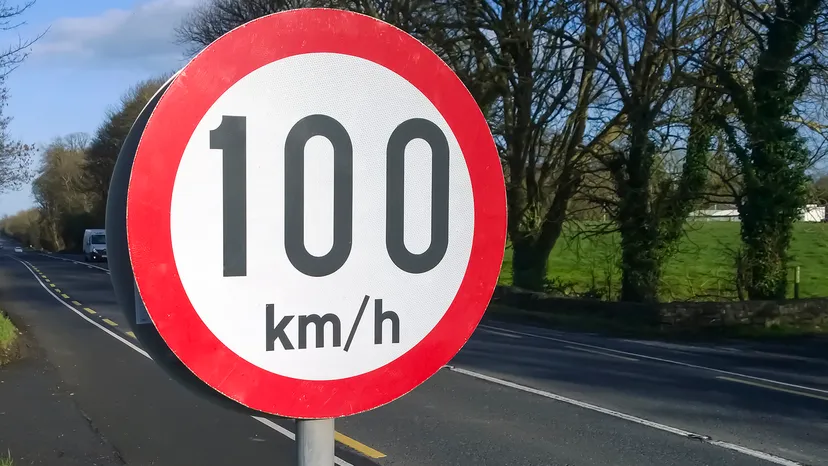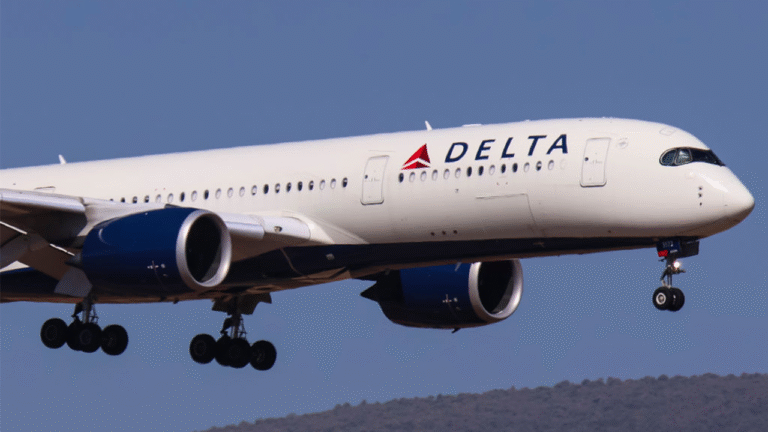Understanding 100 km to mph: A Complete Guide
When traveling or studying speed measurements, it is common to encounter different units. Some regions of the world use kilometers per hour (km/h), while others prefer miles per hour (mph). If you have ever wondered how to convert 100 km to mph, this article will guide you through the process in simple words. By the end, you will not only know the exact value but also understand why these conversions matter in everyday life.
Why Do We Need Conversions Between Kilometers and Miles?
Different countries follow different measurement systems. For example, the United States and the United Kingdom use miles per hour as a standard speed indicator, while most of Europe, Asia, and Africa rely on kilometers per hour. Because of this difference, conversions are necessary.
Imagine you are a traveler driving a rented car abroad. The car’s dashboard shows speeds in kilometers per hour, but you are more familiar with miles per hour. Knowing the conversion allows you to adjust your driving comfortably and stay safe on the road.
Breaking Down the Conversion: 100 km to mph
To convert kilometers per hour to miles per hour, a conversion factor is used. One kilometer is shorter than one mile, so the numbers shrink when switching from km to mph.
The standard conversion factor is:
1 kilometer per hour ≈ 0.621371 miles per hour.
So, to convert 100 km to mph, we multiply:
100 × 0.621371 = 62.1371 mph
This means that traveling at 100 km/h is the same as moving at about 62.14 mph when rounded to two decimal places.
Why 100 km/h Is Considered a Common Speed
The value 100 km/h is not chosen at random. It is a typical number often seen on roads, highways, and transportation standards. Many highways around the world have limits close to this number. In countries using kilometers, 100 km/h often represents a balanced speed: fast enough for smooth travel but safe enough for general drivers.
In contrast, if you live in a country that uses miles per hour, 62 mph might feel like a standard highway speed. By recognizing the equivalence between 100 km/h and 62 mph, you can easily adapt between systems.
Everyday Examples of 100 km to mph
- Driving Abroad – A traveler from the United States driving in Canada may see a speed sign showing “100 km/h.” Knowing this equals 62 mph helps them gauge their speed correctly.
- Cycling Competitions – Cyclists and athletes often measure performance in kilometers. Translating 100 km to mph allows international participants to compare results fairly.
- Weather Reports – Sometimes storm winds are reported in kilometers per hour. If someone hears that wind speeds reached 100 km/h, they can understand it as about 62 mph.
A Step-By-Step Conversion Method
Here’s a simple approach for anyone learning how to convert:
- Remember the factor – 1 km/h = 0.621371 mph.
- Multiply the speed in km/h by this factor.
Example: 100 × 0.621371 = 62.1371 mph. - Round the number for convenience.
In most practical uses, you can say 100 km/h ≈ 62 mph.
This technique is not limited to 100 km. You can apply it to any number, whether it is 50 km/h, 120 km/h, or 200 km/h.
Why Miles and Kilometers Differ
The reason behind these differences lies in history. Miles originated from old Roman measurements, where a “mille passus” represented a thousand paces. On the other hand, the kilometer comes from the metric system, created in Europe during the late 18th century for simplicity and standardization.
Because one mile equals about 1.609 kilometers, the conversion always needs a decimal. When comparing 100 kilometers, you see it equals just over 62 miles, showing how the two units don’t match evenly.
The Significance of 100 km/h in Science and Travel
In physics and engineering, speeds are often converted between different units to keep equations consistent. For instance, calculating the travel time of a vehicle might require converting kilometers to miles depending on the formula used.
In aviation and international shipping, both systems may appear in the same report. Pilots and captains must stay aware of such differences, especially when communicating across borders. A clear understanding of 100 km to mph can prevent confusion and ensure safety.
Quick Mental Math Trick
If you do not remember the exact conversion factor, you can use an estimation trick. Divide the speed in kilometers by 1.6 to approximate miles per hour.
For 100 km:
100 ÷ 1.6 = 62.5 mph (approx.)
This is slightly higher than the precise value but close enough for everyday use.
Common Misunderstandings
- Thinking 100 km equals 100 mph – This is a common mistake. The two units are different, and the mile is longer, so the mph number will always be smaller.
- Rounding too much – While 100 km/h can be simplified to 62 mph, ignoring decimals may cause small errors in technical work.
- Mixing up distance and speed – Remember that 100 kilometers is a distance, while 100 km/h is a speed. Conversion applies to the speed measurement.
How Technology Handles Conversions
Modern devices make this process even easier. Smartphones, GPS systems, and car dashboards often switch automatically between km/h and mph. Still, understanding the math behind 100 km to mph is valuable because not every situation allows instant digital help.
Final Thoughts
Converting 100 km to mph gives us 62.14 mph when done precisely. This conversion is important for travelers, drivers, scientists, and anyone working with international data. By understanding the relationship between kilometers per hour and miles per hour, you can move confidently across different systems without confusion.
Whenever you encounter speeds in kilometers but need them in miles, simply multiply by 0.621371 or divide by 1.6 for a quick estimate. This knowledge makes road trips abroad smoother, ensures accurate comparisons, and strengthens your understanding of measurement systems.





